There are some temples that have a wonderful mythology attached. Some are rich in architectural splendour, others in the divinity and vibration that they generate. Very few have all these things intact even after several hundreds of years. One such temple is the Yaganti Sri Uma Maheswara Swamy Sivalayam. The temple was constructed and completed by first Vijayanagara Sangama Kings Harihara Bukkarayalu in 15th Century.
Neganti is the actual name of this place, which means ‘I Saw’, as time passes by locals started calling by Yaganti.
When you enter the temple, you first meet the Pushkarini or the temple tank.Water flows into this Pushkarini from the bottom of hill through the mouth of a Nandi (bull). The water is fresh and sweet, as it comes from the hills.
No one knows how the water reaches the pond all year round and this temple architecture in terms of its sculpture shows the skills of ancient Vishwakarma Sthapathis. Devotees find that a holy bath in Pushkarini is highly beneficial. After taking a bath in Pushkarini, they pay tributes to Lord Shiva.
After taking a bath in Pushkarini, we next enter the gopuram of the temple
The most famous attractions of Yaganti is the stone idol of Nandi.
The devotees believe that the Nandi ( Bullock , Lord Shiva’s) idol in front of the temple is continuously increasing its size. The locals say that the idol was initially much smaller than its present size. They say that certain experimentation was carried out on this idol and it was said that the type of rock out of which the idol is carved has a growing or enlarging nature associated with it. As per Archaeological Survey of India the rock grows at the rate of 1 inch per 20 years (10 mm per 8 years).
It is said that people used to do Pradakshinas (rounds) around it in the past. The temple staff has already removed one pillar as the size of the Nandi has increased.
According to Potuluri Veera Brahmendra swamy, the Yaganti Basavanna (yaganti nandi statue) of Yaganti will come alive and shout when Kali Yuga ends.
Yaganti is the only Shiva kshetra where you wouldn’t find a shrine for any of the Navagrahas or the 9 planets that define a person’s horoscope. In lieu of the Navagrahas, the giant lamp is lit.
The Akasha Deepam
The Akasha deepam is another one of the major attractions here. This temple lamp is placed on top of a rock structure behind the temple. Since it is a very important part of the temple and its culture, it is lit by the priests every day. Because of its size, 4 litres of oil and 2 metres thick wick is used to keep it lit from 6 AM to 6 PM.
The Legend:
This temple was constructed by King Harihara Bukka Rayalu of the Sangama Dynasty of the Vijayanagara Empire in the 15th century. It was built according to Vaishnavaite traditions.
One story of the site’s origin is as follows: The sage Agastya wanted to build a temple for Lord Venkateswara on this site. However, the statue that was made could not be installed as the toe nail of the idol got broken. The sage was upset over this and performed a penance for Lord Shiva. When Lord Shiva appeared, he said the place suits Shiva better as it resembles Kailash. Agastya then requested Lord Shiva to give the devotees a Parvathi Goddess as Lord Uma Maheswara in a single stone, which Lord Shiva obliged.
A second story is as follows: Chitteppa, a devotee of Lord Shiva, was worshiping Lord Shiva and Lord Shiva appeared to him as a tiger. Chitteppa understood that it was Lord Shiva in tiger form, and shouted Neganti Shivanu ne kanti (meaning: I saw Shiva I saw), and danced with joy. There is a cave called Chitteppa nearby.
The story according to the priests is that when the sage Agastya completed his uttara desha yatra and started dakshina desha yatra he found the beautiful and pleasant place called yaganti( Nekanti-i have seen)and thought to build a temple for Lord Venkateswara on this site . while roaming around caves one of the caves was found to have a very old statue of Lord Vishnu . After all the yagna, homa and pooja he found that the statue really contains a small defect as broken nail on the foot thumb finger. To seek an explanation he prayed to Shiva and Shiva explained that at this place which contains natural springs and nature only I can be worshipped. Then the sage Agastya asked a boon to Shiva to reside in this place for eternity with Mother Parvathi. So this place is called as Umamahesware (Uma: parvathi, Maheswara: shiva) temple. The shrine contains the statue of Shiva and Parvathi on a single stone.
Crow’s Story
Story behind not finding crows at yaganti, Once it happened that Sage Agastya, while meditating for Lord Shiva was very much disturbed by the demon Kakasura sounds in the form of crow. Agastya raged high and cursed Kakasura, by saying that no crows should be seen anywhere near Yaganti.
1.Agastya Cave
When you look up from the temple, you can see several caves in the massive rocks surrounding it. Most of them are inaccessible, there are 3 caves, very close to the temple and considered sacred. The first one is the Agastya Cave, where Sage Agastya is believed to have meditated.
2. Venkateswara Swamy Cave temple
Next to the Agastya cave is the cave temple of Lord Venkateswara. The cave houses the Venkateswara Swamy that was created by Sage Agasthya but could not be installed because of a broken big toe. This idol is supposed to be older than the one at Tirumala. On Saturdays, several hundreds of devotees climb up the steps to this cave to have a darshan of the Lord.
3. Potuluri Veerabrahmendra Swamy Cave
The third cave is the one where a renowned saint, Potuluri Sri Veera Brahmam had stayed for many years, and written portions of his renowned work, Kala Gnanam. The saint had predicted several instances in time, similar to Nostradamus, through this work. The height of the cave is really low and one has to stoop down in order to enter it.
More pics of this temple can be viewed here
Yaganti Temple Timings
Morning Hours: 7 am – 11 am
Evening Hours: 5 pm – 8 pm
How to reach Yaganti Temple
1. Yaganti is 11 km from Banaganpalli, 48 km from Nandyala, 78 km from Ahobilam, 76 km from Kurnool.
Bus frequency is quite from all these places to Yaganti Temple
2. Nearest Railway station is at Nandyal.
3. The nearest airport is at Tirupati, which is 280 km away.

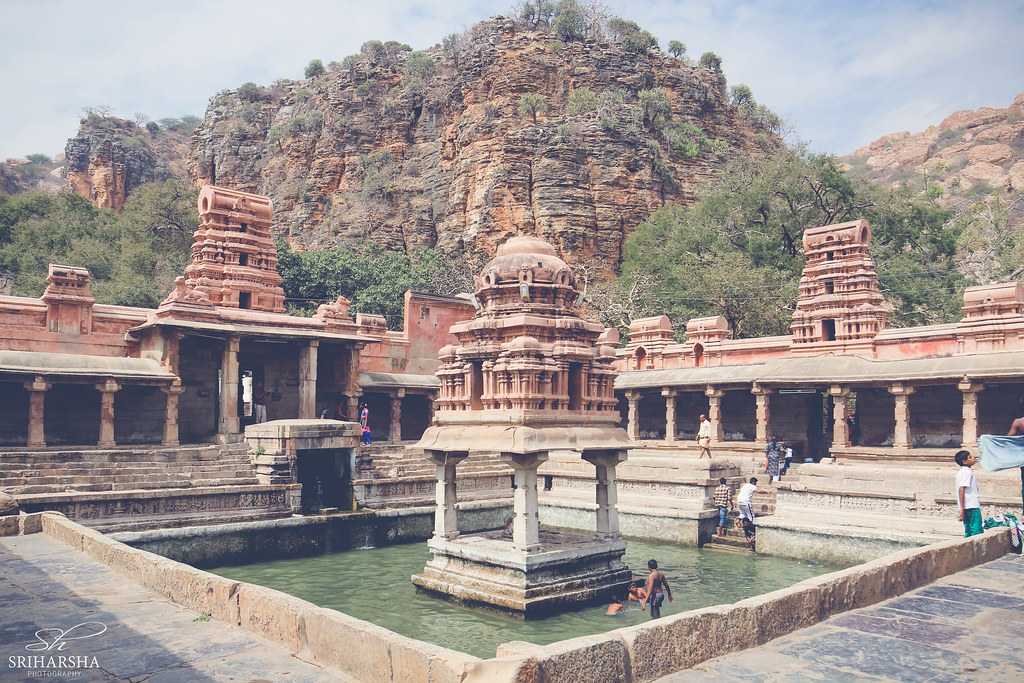

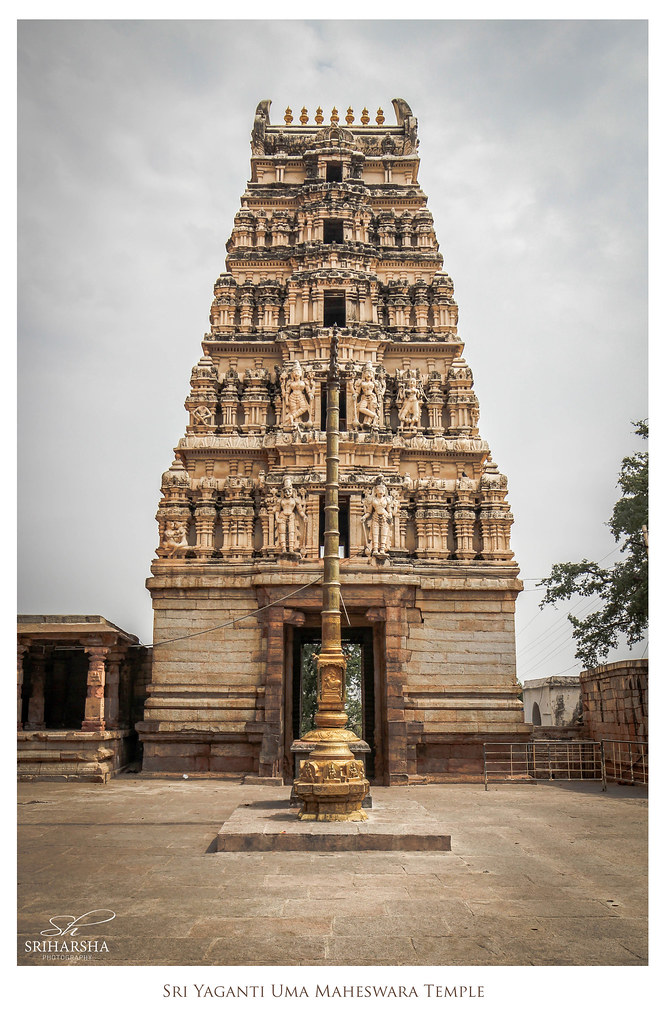
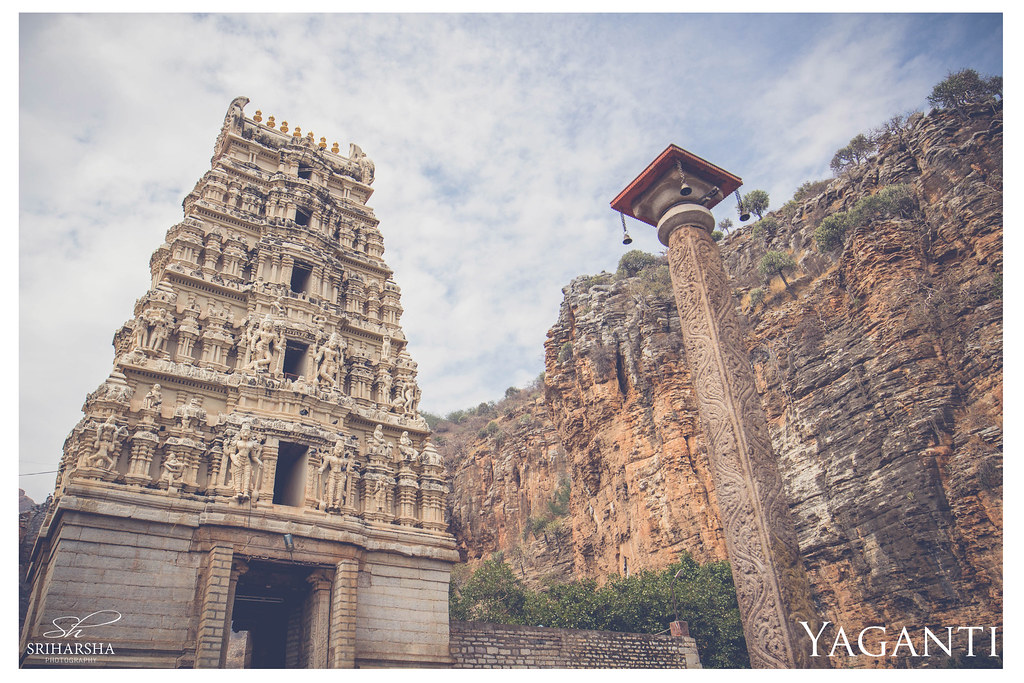
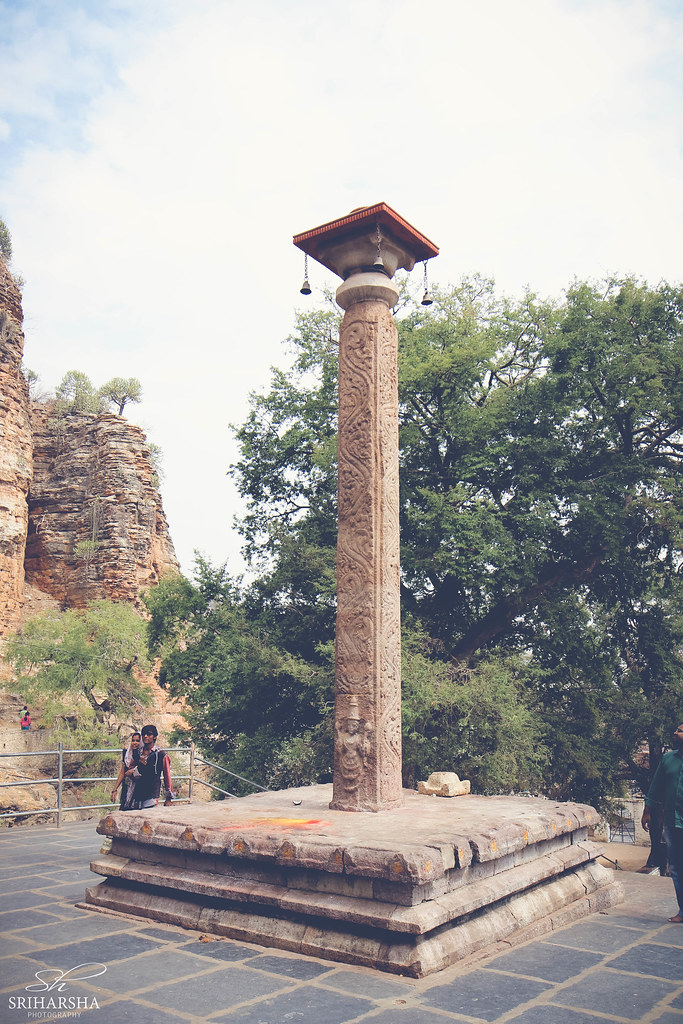
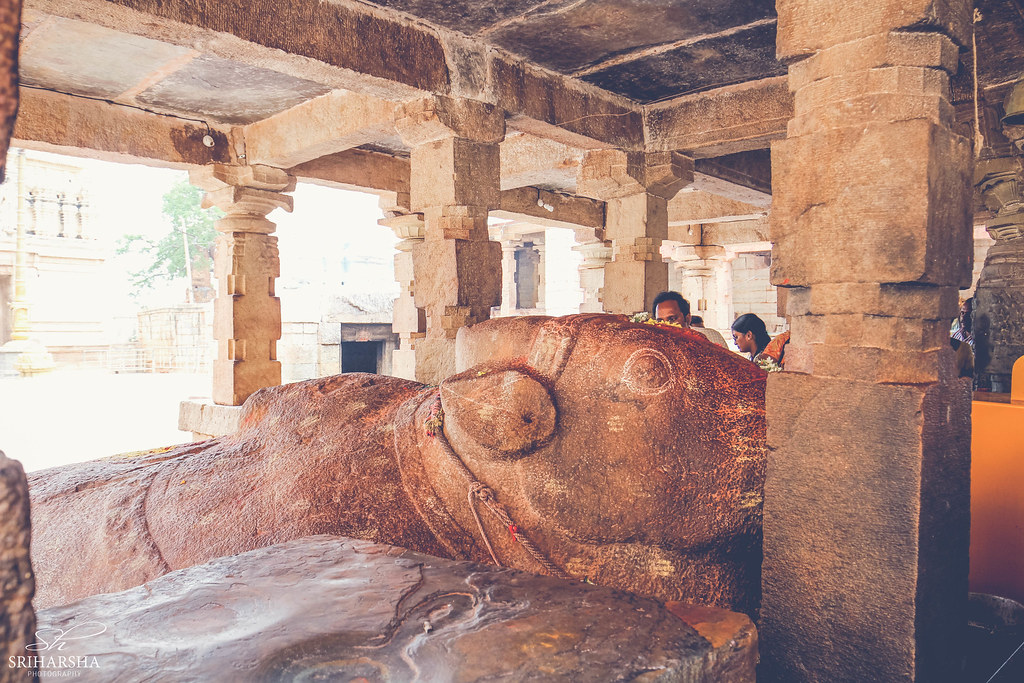
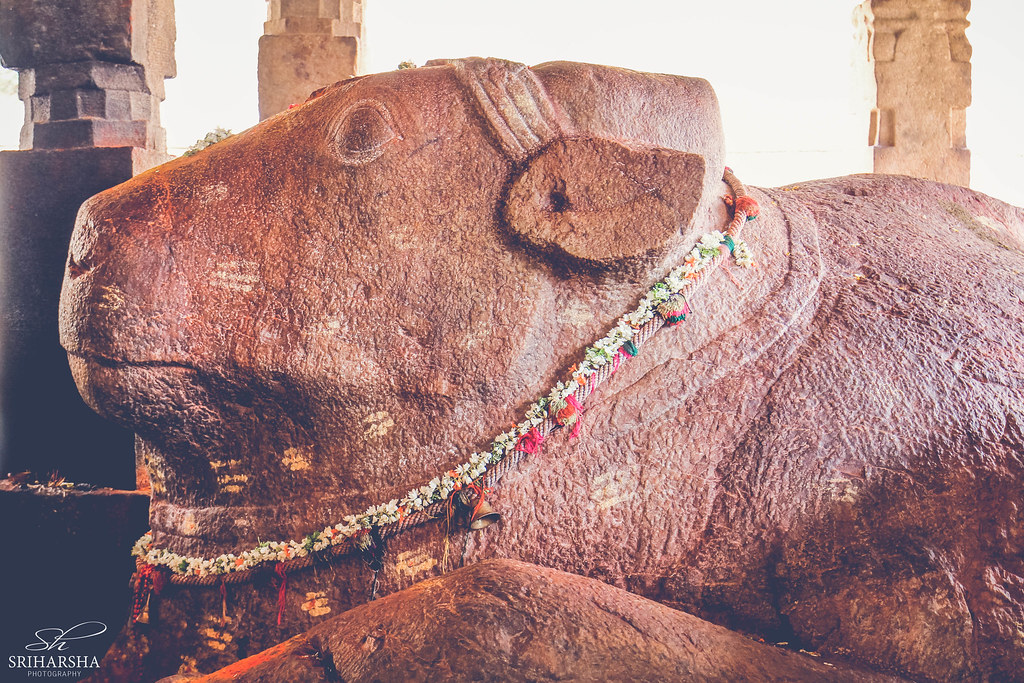
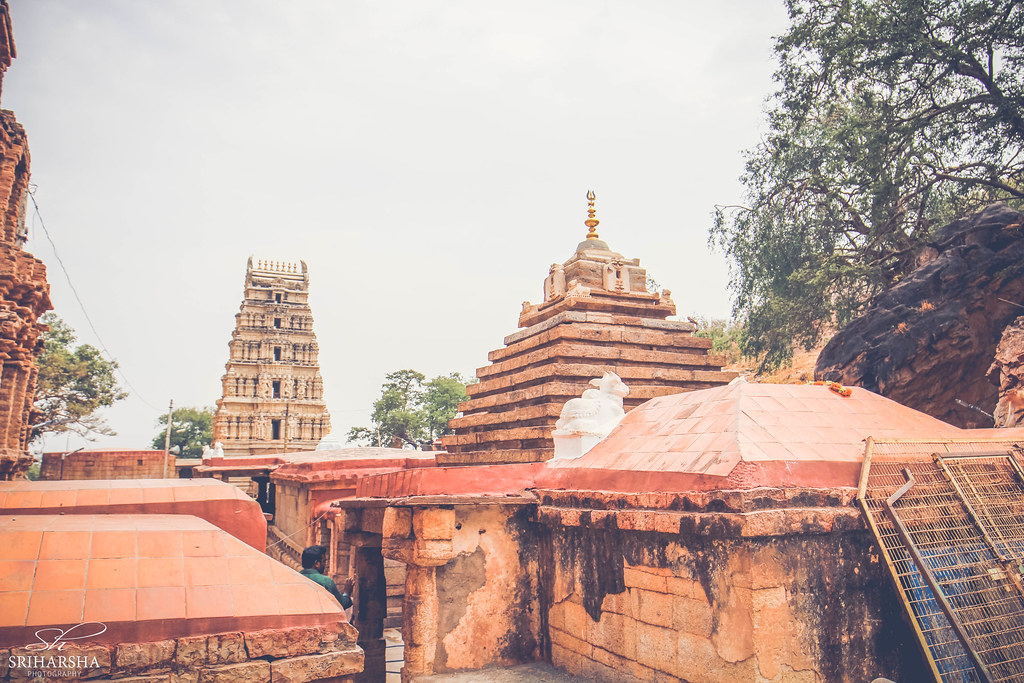
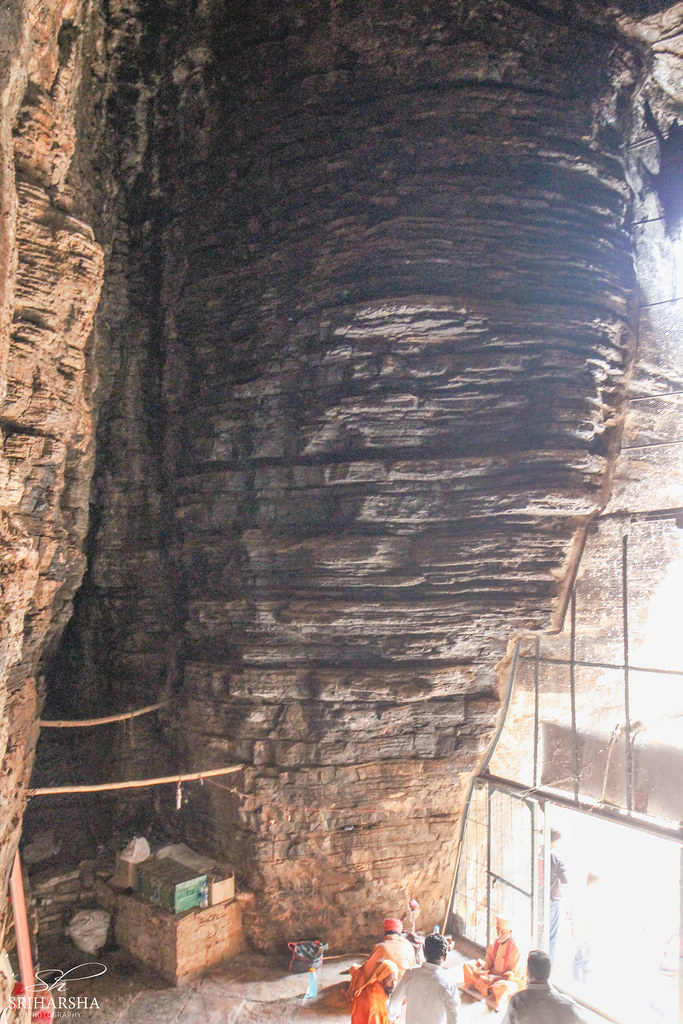
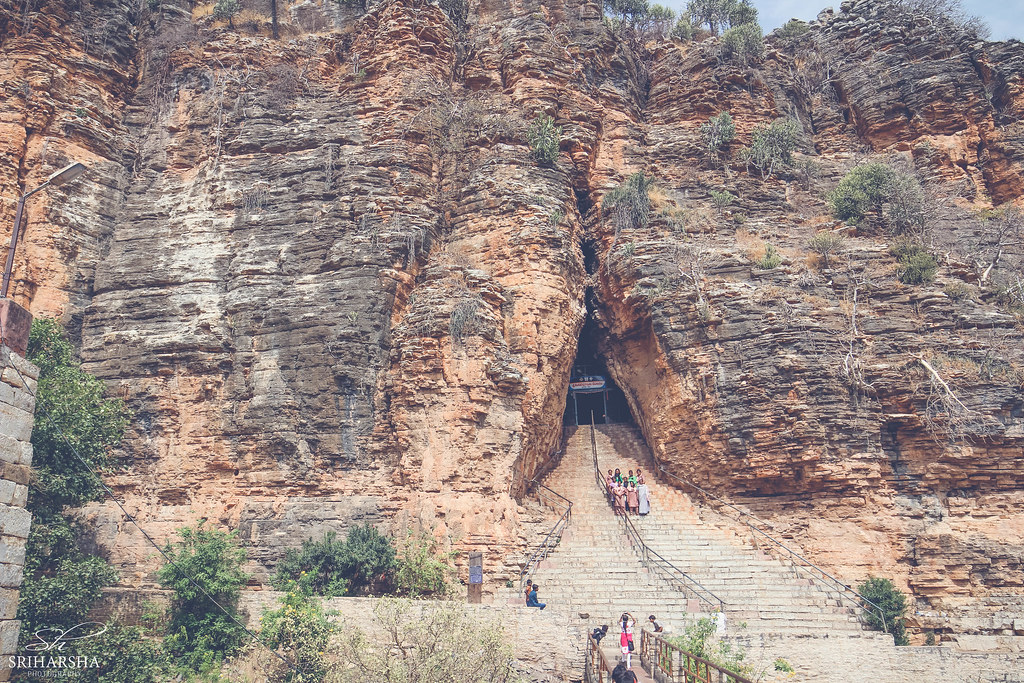
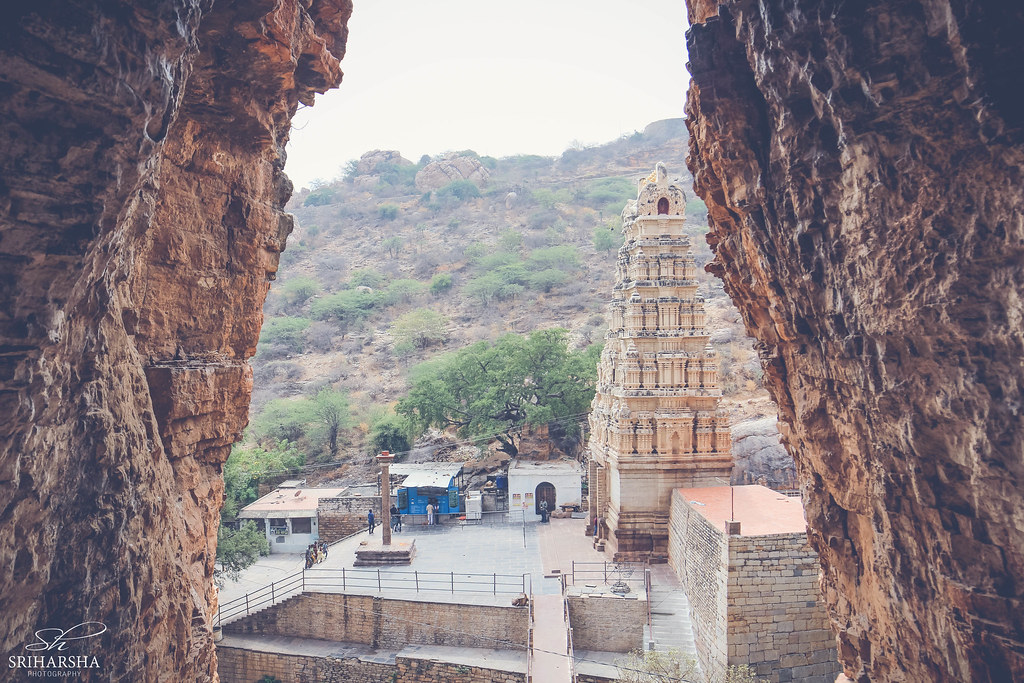
Lovely photos
LikeLike
Thank you
LikeLike